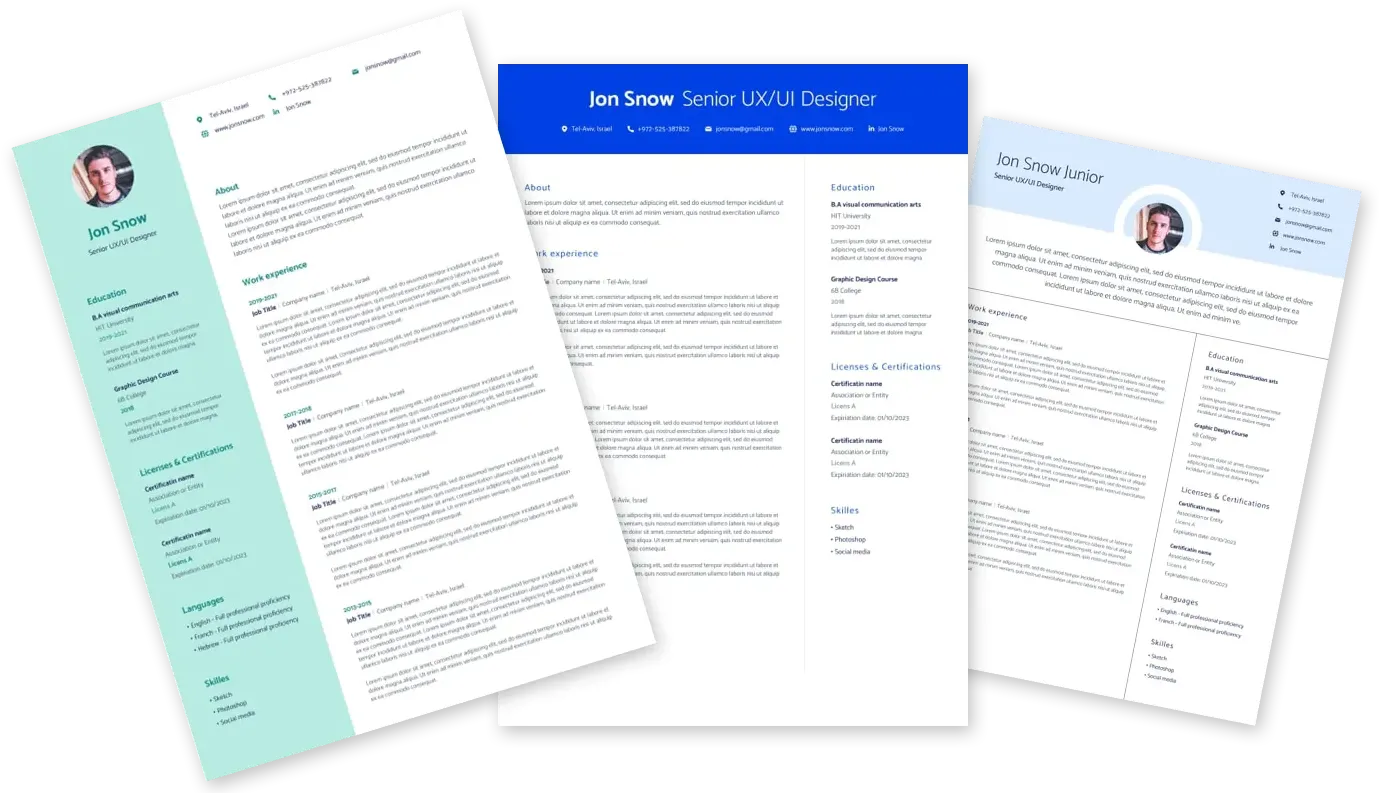

Boston Scientific R&D Senior Fellow Ultrasound Engineer United States, Minnesota 416544043
Share
Your responsibilities will include:
Technical strategy & architecture:
- Establish the multi-year ultrasound technology roadmap spanning rotational IVUS catheters and therapeutic intravascular ultrasound.
- Define reference architecture covering catheters, consoles, and signal processing pipelines; lead design reviews and serve as final technical authority for critical designs.
Transducer & catheter leadership:
- Lead design and trade-studies for wideband, high-frequency IVUS transducers (40–60+ MHz) integrated with rotational drive and pullback systems.
- Guide material selections (PZT/PMN-PT/CMUT), acoustic matching, stack-ups, cabling, and packaging strategies for reliable high-speed rotation in vascular environments and therapeutic applications.
- Partner with suppliers on custom acoustic elements, flex/cabling, and assembly; qualify manufacturability, yield, and long-term reliability.
Signal chain, beamforming & algorithms:
- Specify and optimize transmit beam patterns, TGC/AGC, analog front end, digitization, and image reconstruction pipelines under rotational acquisition constraints.
- Own IVUS-specific rendering of lumen/plaque/vessel wall, and develop advanced imaging modes (harmonic, ARFI/elasticity, quantitative ultrasound).
Therapeutic ultrasound (RDN & beyond):
- Define and validate energy delivery profiles for renal denervation and related intravascular therapies.
- Develop closed-loop control systems for acoustic coupling, dosimetry, and safety monitoring (MI/TI, thermal limits).
- Collaborate on preclinical modeling, ex vivo/in vivo validation, and clinical translation of therapeutic ultrasound systems.
Systems engineering & V&V:
- Translate unmet clinical and marketing needs into verifiable system requirements.
- Drive risk analysis (ISO 14971), design controls, acoustic test methods, and rigorous verification/validation across imaging and therapy modes.
- Establish and track performance KPIs: image quality (SNR, contrast, axial/lateral resolution), therapy efficacy metrics, catheter pullback fidelity, latency, and safety indices.
Cross-functional leadership:
- Mentor and technically guide teams in transducer design, EE, FW/SW, systems, and image science.
- Serve as technical approver in design reviews, hazard analyses, and clinical build reviews.
- Collaborate closely with clinicians, KOLs, regulatory, operations, and suppliers to de-risk and accelerate programs from concept through launch.
IP & external presence:
- Generate high-value intellectual property in catheter-based imaging and therapeutic ultrasound.
- Publish and present with KOL partners; scout and assess M&A, partnership, and supplier technologies relevant to ultrasound innovation.
Required qualifications:
- PhD or MS or BS in Electrical, Mechanical, or Biomedical Engineering with an ultrasound focus; 12+ years in medical ultrasound product development.
- Deep expertise in at least two of:
- Transducer design & catheter integration (rotational IVUS, high-freq arrays).
- Real-time beamforming & signal chain optimization.
- Image formation & reconstruction for intravascular imaging.
- Ultrasound-based therapy delivery & closed-loop control.
- Proven enterprise-level technology leadership (architect or fellow) shaping roadmaps across multiple programs.
- Hands-on with acoustic modeling (k-Wave, Field II, PZFlex, ANSYS), transducer fabrication and testing (pulse-echo, impedance, acoustic power), and catheter-level packaging.
- Strong SW/FPGA familiarity for imaging pipelines (C/C++/CUDA/Verilog), algorithm prototyping (Python/MATLAB), and real-time constraints on embedded SoCs/MCUs.
- Mastery of design controls and compliance: IEC 60601 (safety), IEC 60601-1-2 (EMC), IEC 60601-2-62 (therapeutic ultrasound), IEC 62304 (SW), ISO 14971 (risk), biocompatibility & sterilization (catheters), ultrasound indices (MI/TI).
Preferred qualifications:
- Rotational IVUS catheter experience (60 MHz-class wideband transducers, drive motor & pullback systems, rotational fidelity, and image construction).
- Expertise in quantitative/elasticity/ARFI methods, adaptive beamforming, and AI-assisted image reconstruction or artifact suppression.
- Supplier development experience for micro-coax/flex, micro-assembly, and scalable catheter manufacturing (DOE and process validation).
- Therapeutic ultrasound experience (renal denervation, HIFU, or related), including dosimetry modeling, acoustic coupling, and safety/closed-loop control systems.
Maximum Salary: $ 286000
Compensation fornon-exempt (hourly), non-sales rolesmay also include variable compensation from time to time (e.g., any overtime and shift differential) and annual bonus target (subject to plan eligibility and other requirements).
Compensation forexempt, non-sales rolesmay also include variable compensation, i.e., annual bonus target and long-term incentives (subject to plan eligibility and other requirements).
For MA positions: It is unlawful to require or administer a lie detector test for employment. Violators are subject to criminal penalties and civil liability.
Please be advised that certain US based positions, including without limitation field sales and service positions that call on hospitals and/or health care centers, require acceptable proof of COVID-19 vaccination status. Candidates will be notified during the interview and selection process if the role(s) for which they have applied require proof of vaccination as a condition of employment. Boston Scientific continues to evaluate its policies and protocols regarding the COVID-19 vaccine and will comply with all applicable state and federal law and healthcare credentialing requirements. As employees of the Company, you will be expected to meet the ongoing requirements for your roles, including any new requirements, should the Company’s policies or protocols change with regard to COVID-19 vaccination.
Among other requirements, Boston Scientific maintains specific prohibited substance test requirements for safety-sensitive positions. This role is deemed safety-sensitive and, as such, candidates will be subject to a prohibited substance test as a requirement. The goal of the prohibited substance testing is to increase workplace safety in compliance with the applicable law.
These jobs might be a good fit
